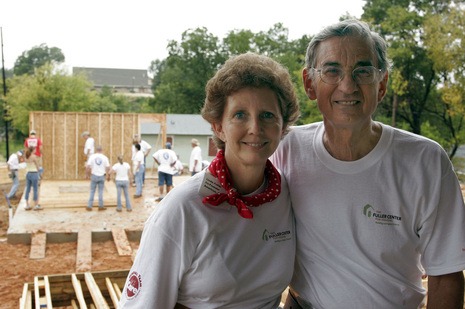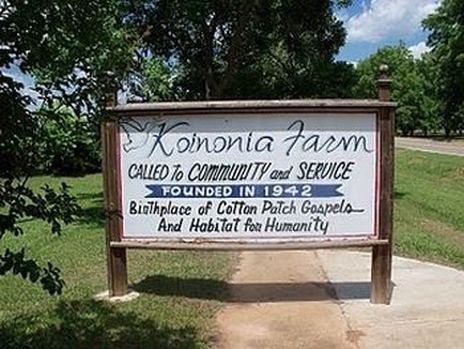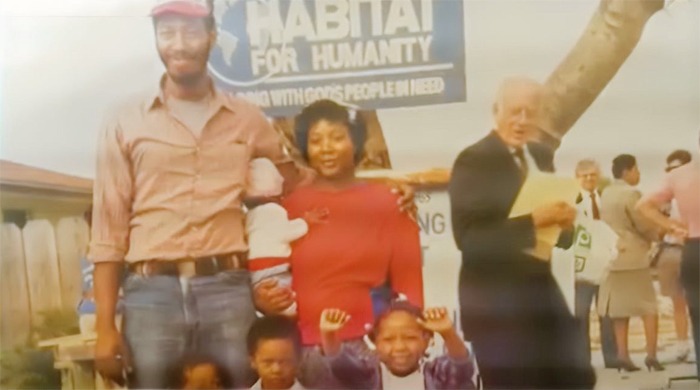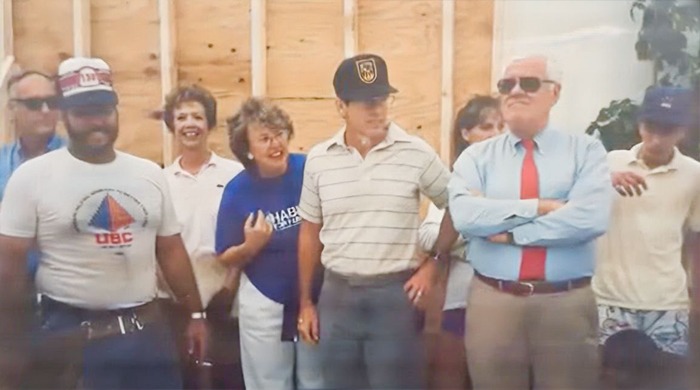Habitat's leadership decides to split the service areas into South & North, using Hypoluxo Rd. as the dividing line.
Habitat forHumanity of South Palm BeachCounty is founded and the organization builds its first home in Boca Raton.
History of Habitat
Koinonia Farm
The concept that grew into Habitat for Humanity International was born at Koinonia Farm, a small, interracial, Christian community outside of Americus, Georgia. Koinonia Farm was founded in 1942 by farmer and biblical scholar Clarence Jordan. The Fullers first visited Koinonia in 1965. They had recently left a successful business and an affluent lifestyle in Montgomery, Alabama to begin a new life of Christian service. At Koinonia, Jordan and Fuller developed the concept of “partnership housing.” The concept centered on those in need of adequate shelter working side by side with volunteers to build simple, decent houses.

The Fund for Humanity
The houses would be built at no profit and interest would not be charged on the loans. Building costs would be financed by a revolving fund called “The Fund for Humanity”. The fund’s money would come from the new homeowners’ house payments, no-interest loans provided by supporters and money earned by fund-raising activities. The monies in the Fund for Humanity would be used to build more houses.
Inception of Habitat for Humanity

Expansion into Habitat for Humanity International
In September 1976, Millard and Linda called together a group of supporters to discuss the future of their dream. Habitat for Humanity International as an organization was born at this meeting. The eight years that followed, vividly described in Millard Fuller’s book, “Love in the Mortar Joints,” proved that the vision of a housing ministry was workable. Faith, hard work and direction set HFHI on its successful course.
Phenomenal growth
The houses would be built at no profit and interest would not be charged on the loans. Building costs would be financed by a revolving fund called “The Fund for Humanity”. The fund’s money would come from the new homeowners’ house payments, no-interest loans provided by supporters and money earned by fund-raising activities. The monies in the Fund for Humanity would be used to build more houses.




